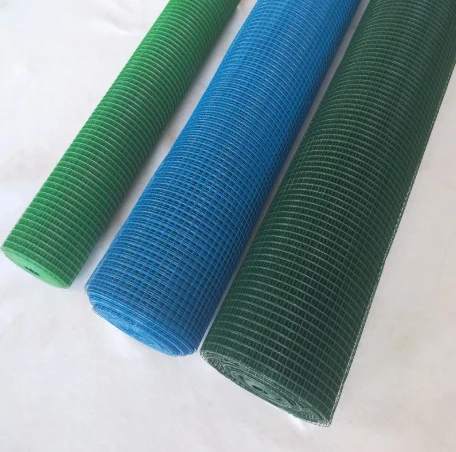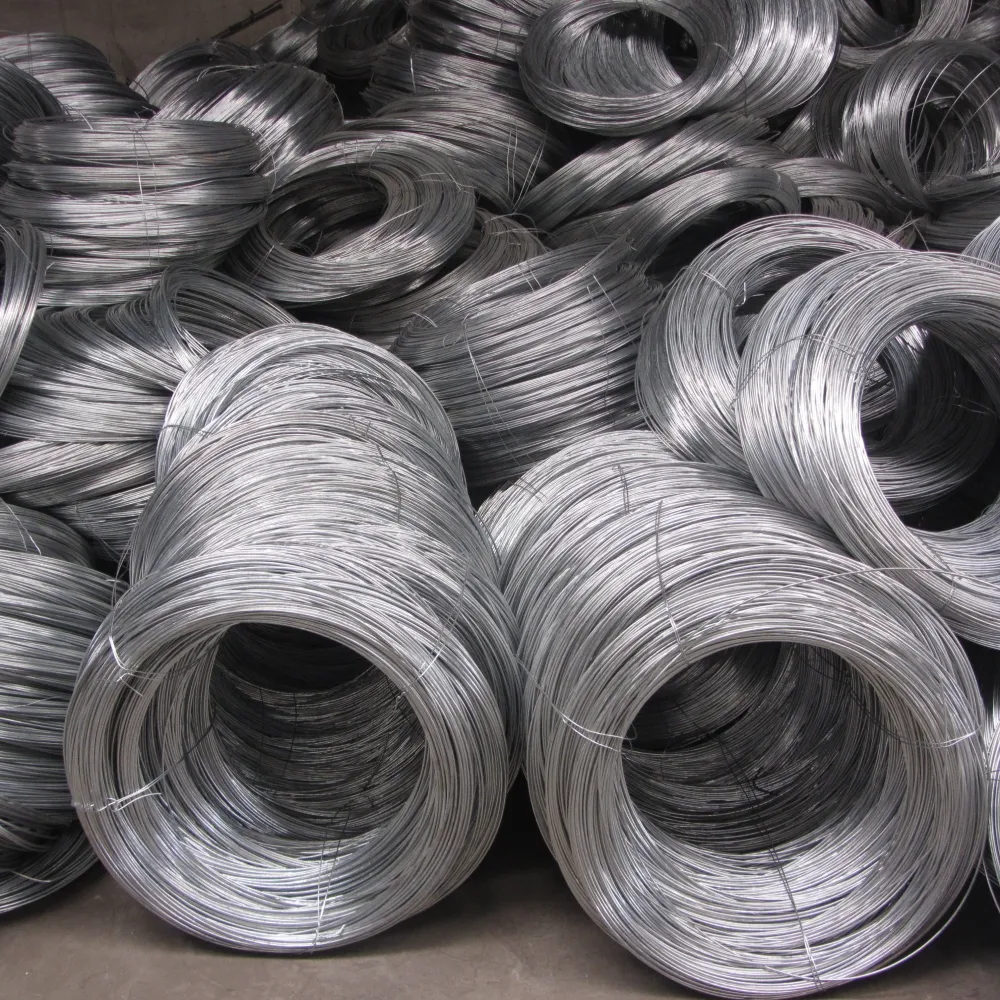Windbreak fences for cattle represent a vital tool in livestock management, ensuring the health and productivity of cattle herds. These structures are designed to protect cattle from harsh winds, offering thermal comfort which contributes significantly to their overall well-being. Farmers and cattle ranchers constantly seek efficient solutions to safeguard their livestock, thus, understanding the importance and functionality of windbreak fences is crucial.

Cattle are sensitive to cold stress, which can lead to decreased feeding efficiency and weight gain, and in severe cases, illness. Windbreak fences serve as barriers against cold winds, helping to maintain a stable body temperature for the cattle. By strategically placing these fences around pastures or open spaces where cattle graze, farmers can create a microclimate that shields animals from the chilling effects of the wind. This microclimate is typically several degrees warmer than the surrounding environment, providing a more favorable habitat for cattle.
The materials used in constructing windbreak fences vary, which further influence their efficiency. Traditionally, wood has been a popular choice due to its availability and durability. However, modern advances have introduced high-density polyethylene and composite materials that not only offer similar durability but also require less maintenance and are more environmentally friendly. Selecting the right material involves considering factors like budget, the scale of the project, and specific climate conditions of the area.

Proper design and positioning of windbreak fences are essential for maximizing their effectiveness. An improperly positioned fence might fail to offer adequate protection, whereas a well-positioned structure can significantly reduce wind speed. Windbreaks should generally be located perpendicular to prevailing wind directions and at a distance proportional to their height to optimize protection. The height and density of the fence also play a critical role; taller and denser fences will stop more wind, but they can also cause turbulence on the leeward side if not correctly designed.
Another aspect to consider in the construction of windbreak fences is the integration of natural elements like trees and shrubs. Natural windbreaks complement artificial structures and can even replace them over time if carefully managed. Trees and shrubs offer additional benefits, such as providing shade in the hotter months, serving as a habitat for wildlife, and contributing to the biodiversity of the farm ecosystem. Additionally, these natural barriers can enhance the aesthetic value of the farmland.
windbreak fence for cattle
One of the underestimated advantages of installing windbreak fences is the potential improvement in cattle behavior and productivity. Animals protected from harsh weather conditions experience less stress, which is directly linked to better feed efficiency and increased milk production in dairy cattle. The reduction of wind chill results in less energy spent by cattle to maintain their body temperature, leading to more energy available for growth or lactation.
Windbreaks also play a crucial role in pasture management. They help in reducing soil erosion by minimizing wind velocity at ground level, thus maintaining soil integrity and promoting better regrowth of pasture plants. A well-managed pasture can sustain cattle nutritional needs more effectively, reducing the necessity for supplemental feeding during winter months.
Installation and maintenance of windbreak fences require professional expertise to ensure that the structures align well with the farm's operational goals. Consulting with agricultural engineers or experienced fencing contractors can provide invaluable insights into the best practices and innovative solutions available. This not only guarantees the longevity and effectiveness of the windbreak but also contributes positively to the farm's economic viability.
In conclusion,
windbreak fences for cattle are an indispensable component of modern farming practices. By providing essential protection from adverse weather, these fences enhance cattle health, behavior, and productivity, while also promoting better pasture and soil management. The selection, design, and maintenance of windbreaks should be approached with an emphasis on professional guidance and long-term sustainability. In doing so, farmers ensure not only the welfare of their cattle but also the overall health of their farming ecosystem.
























